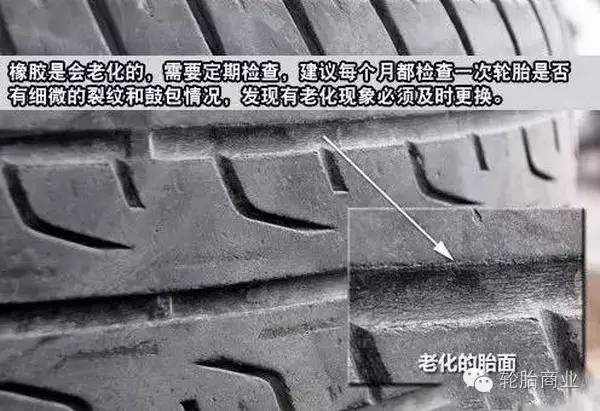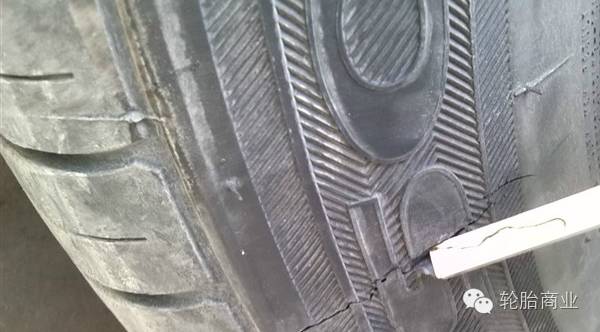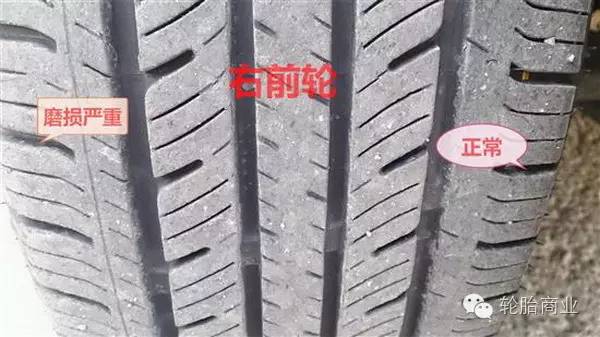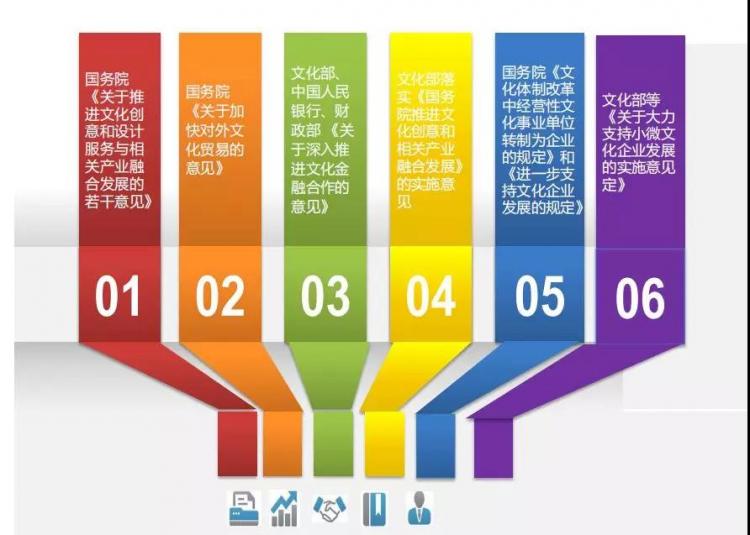“A novice driver, the right front wheel rubbed against the curb twice when parking, and it is worn, can it still be used? Please give me some advice!”
”The tires are full of small tread patterns, can they still go to high speed?”
”There are many cracks on the tire tread, what should I do?”
”During the car wash, I found a deep scratch on the side of the left rear tire, which was two to three centimeters long by visual inspection. The car has been driven for 20,000 kilometers and often runs at high speeds. Can this tire still be used?”
Similar problems are not uncommon, and there are usually several close-up photos of the “injured” tire from multiple angles and all directions. Tires are no small matter, it is related to driving safety, especially now there are more and more tire blowout accidents. Below are the various cracks in the tires, and answer them one by one.

1. There are many small cracks (tortoise cracks)
Such small cracks generally appear in the grooves of the pattern. Usually, the tire has aged. The performance and load-carrying capacity of the tire exceed the standard for the use of the tire. If the aging problem is serious, a tire blowout accident may occur.
Some people may have questions: “Are my tires aging after two years?” Isn’t it said that they can be used for four years? If this happens, you should think about whether your tire maintenance is in place? If the tire is exposed to the sun, overloaded or the maintenance of the tire is not in place, cracks will appear. Or the proportion of anti-aging agent in the rubber compound in the tire production formula is unreasonable, or the amount of protective wax is insufficient, which means that there is a problem with the tire formula.

2. The tires with bulges are a big hidden danger, and they have to be replaced if they are found to be bulged
Most of the reasons for the formation of bulges are, on the one hand, bumps caused by road potholes or speed bumps when the tires are driving fast. On the other hand, it is the bulge caused by the violent impact caused by bumping into curbs, flower beds and other roadblocks, and the collision caused the sidewall curtain layer to break.
Once bulged, the tires have to be replaced. After high-speed or long-distance driving, the tires are hot and easily burst from the bag. Another common consequence of rubbing against the curb is excessive wear on the sidewalls of varying degrees, or even cuts.
Especially when parking, it is always close to the curb or flower bed. “Some people like to pull over at a faster speed, resulting in ‘intimate’ contact between the sidewall and the curb, and the side is the most vulnerable place, rubbing repeatedly, getting thinner and thinner.” There are scratches and cracks on the side of the tire. Whether it can continue to be used depends on the depth of the wound and whether it hurts the inside.

3. The bottom of the pattern is cracked
When the tire pressure is higher than the standard pressure, the rigidity of the tire increases and the contact area with the ground decreases. As the internal temperature of the tire increases during driving, the tire pressure will continue to increase. It is easy to cause increased wear in the middle of the tire crown and cracking at the bottom of the pattern. Excessive tire pressure will also cause the cord layer to stretch excessively, even break and break, and it is easy to burst due to the impact of obstacles when driving at high speed on uneven roads.

4. Abnormal wear of tires
Abnormal tire wear includes: eccentric wear on the inside or outside of the crown, sawtooth wear on the crown from outside to inside or from inside to outside, wavy or dished wear on the crown, etc. If this kind of wear and tear occurs, the vehicle should be checked in time to see if there is any problem. The substandard front wheel camber and front wheel toe will cause eccentric wear of the steering wheel. In addition, some rear axles are axles with independent suspension, and there is also wheel camber. If it is not adjusted properly, it will also cause partial wear of the tire. It may also be that the wheel of the car is poorly balanced and vibrates during rotation. Either misalignment of the front wheels or a faulty suspension system is causing these abnormal wear. If this kind of problem occurs, you should go to the tire shop to check the vehicle first to see if the tire needs to be replaced.
Content source: Tire Business Network.




